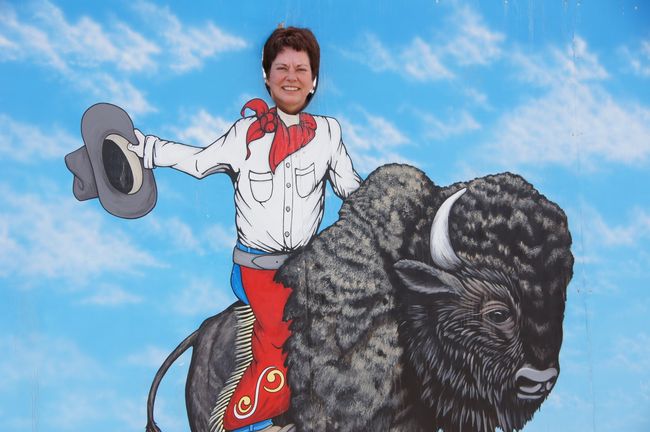Denver - Great Sand Dunes - Alamosa
Rakabudiswa: 27.08.2019

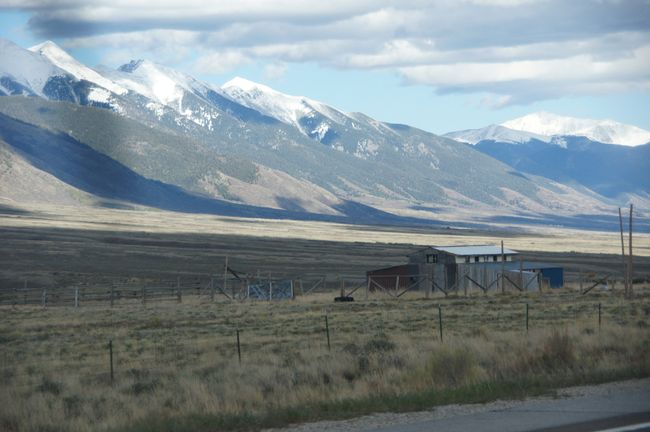
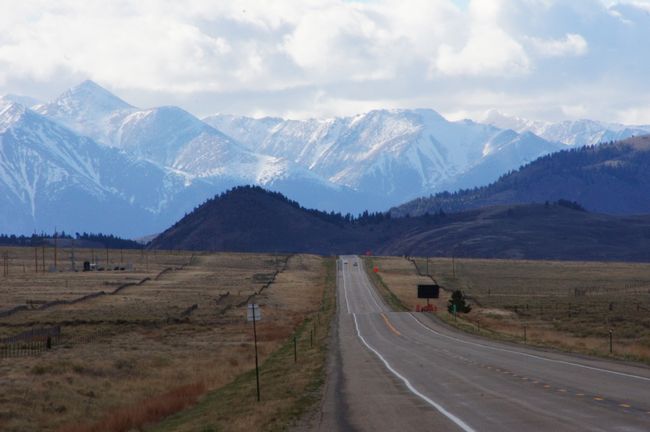
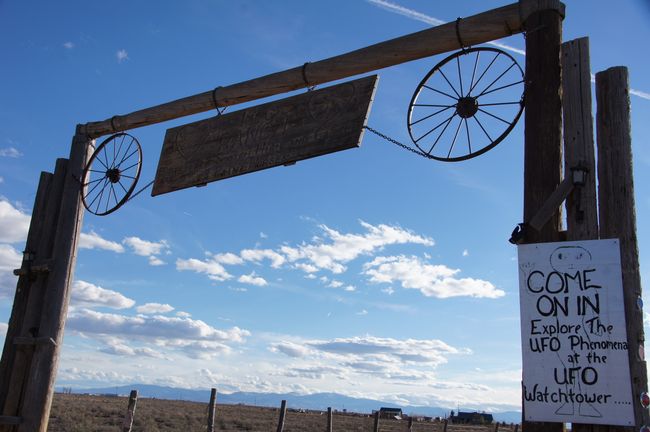
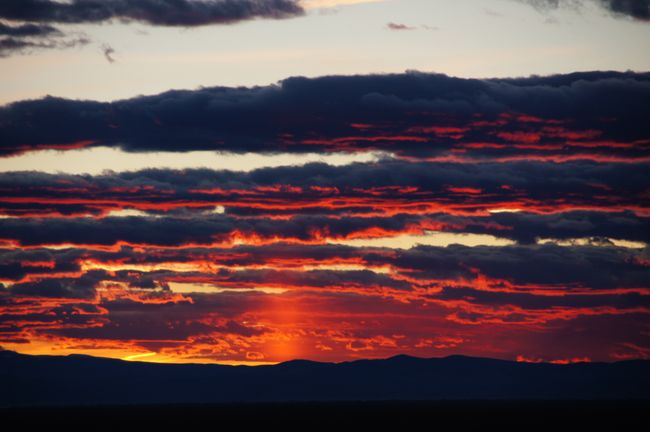
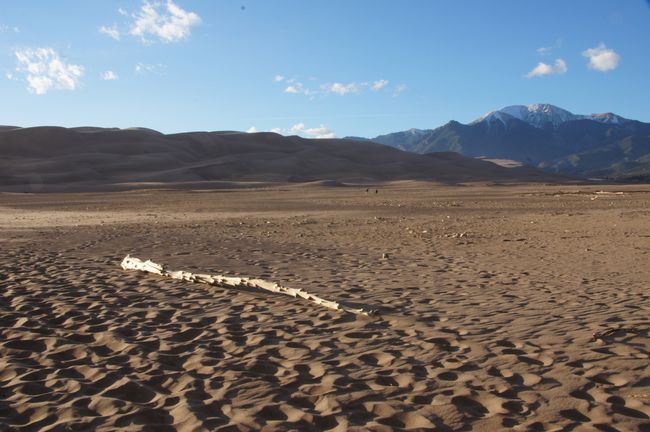
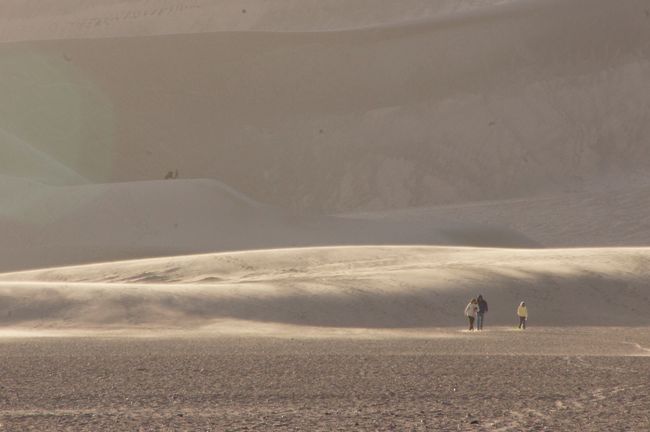
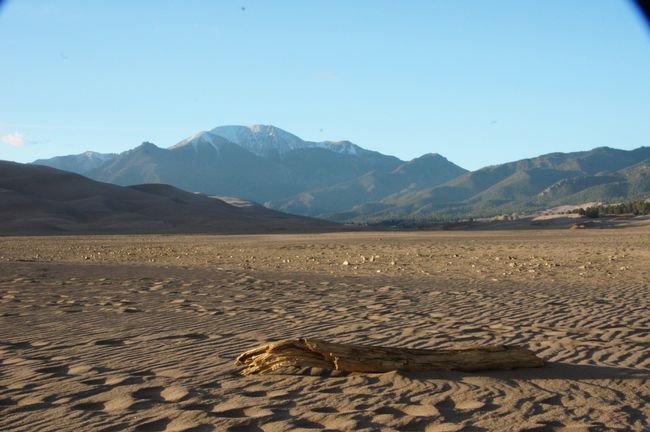
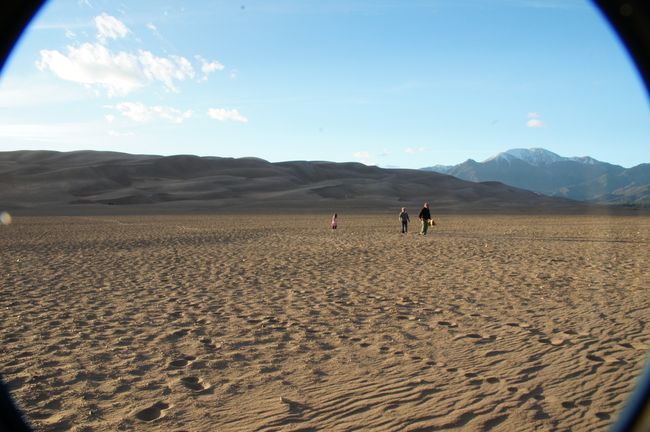
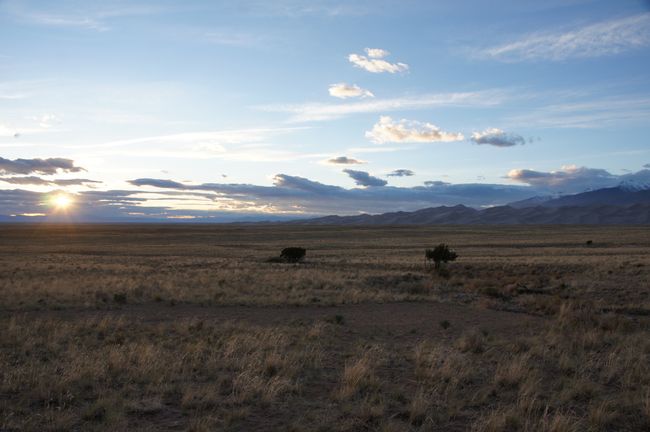
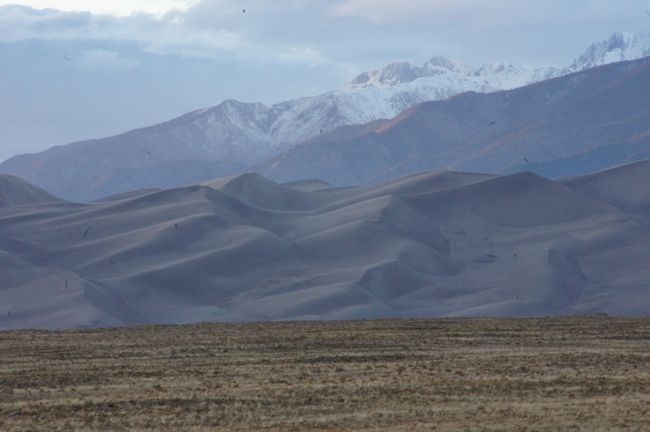
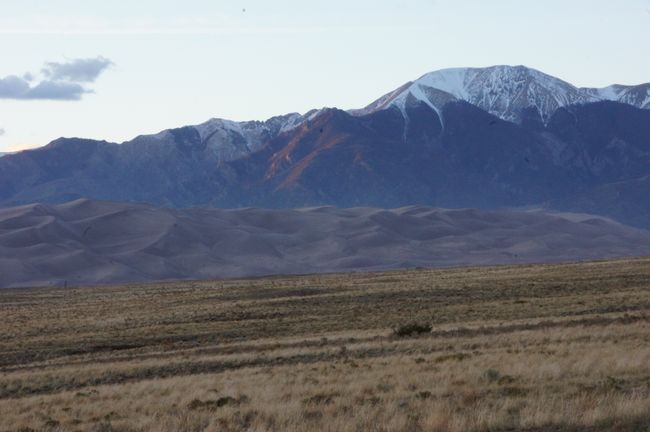
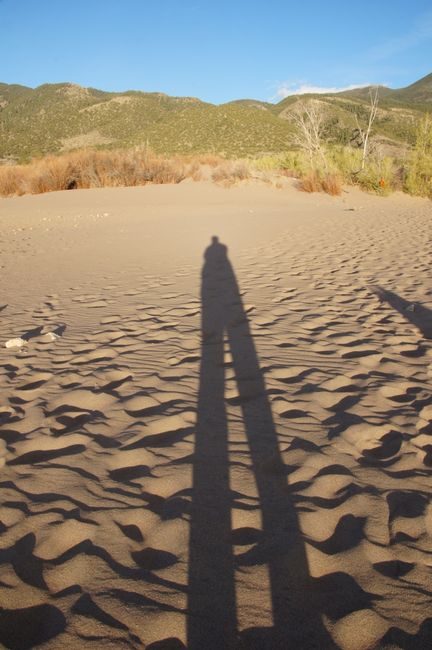
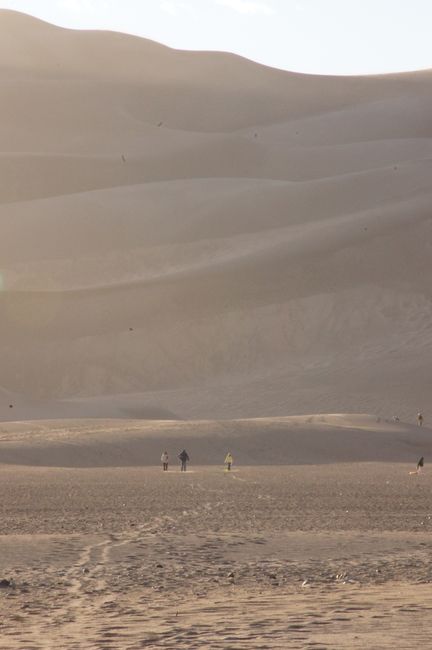
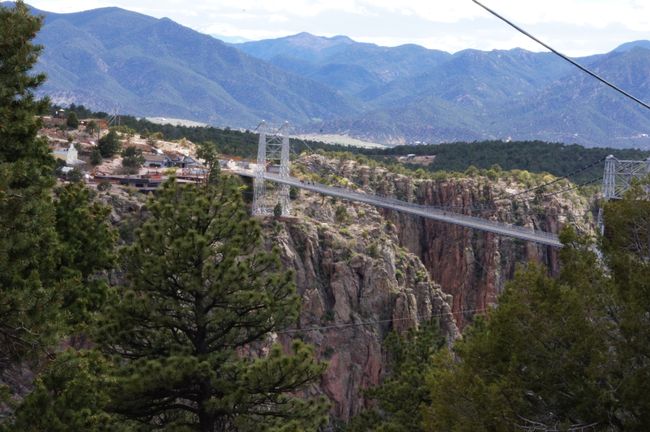
Nyorera kune Newsletter
21.05. / Saturday / Denver-Alamosa
Naturally, I am awake at 3:30 am local time and think it must be noon already. I listen to my audiobook and we get up at 5:30 am and have breakfast with the first guests at 6:30 am.
First, we drive the route to our hotel, which we booked here a week ago, and also find a gigantic outdoor store where we already buy the first "essentials" (bags, shoes, t-shirt).

But then we continue south. But we drive off shortly before Colorado Springs and go to an outlet, but then quickly continue towards Canon City. According to the travel guide, it's a nice, historic town. We reach Canon City, which looks dreary, and after some searching, we even find Main Street, the street that is supposed to be so special.

Canon City kindly photographed
There are mainly bankrupt, vacant shops here. The houses are - well - quite nice, but it looks like a precursor to a ghost town.
So we continue to the Royal Gorge, a 320m deep gorge. A train is supposed to run here and the travel guide says you can also walk on the suspension bridge and drive across it by car. Our route takes us right there, so that fits. Or so we thought. After a few miles in the mountains, we reach a gate and behind it we see lots of planters, but definitely no road. The entrance fee of $25 per person just to see the bridge and the gorge is outrageous and driving through by car is completely unthinkable. When was that ever possible? Stupid travel guide!

So we take a few pictures from a distance - there's a nasty wind blowing. So we drive four miles back to the main road and take some detours to finally be able to continue south.
We reach the High Plains, the so-called San Luis Valley, a high plateau between two mountain ranges. The San Luis Valley is a wide valley that belongs to the Rocky Mountains and is about 180km long.

It runs parallel to our highway from north to south and crosses two states. It stretches from southern Colorado down to New Mexico and with an area of 21,000 sq km, it is the largest alpine (!) valley basin in the world. Because here we are at an altitude of 2,300m above sea level, while the mountains are even as high as 4,000m above sea level.

It is an incredibly long and straight road that we are driving today from north to south along these mountains through the San Luis Valley. It is about 40 miles long and actually has no curves.
Since it is so rarely used, we get out of the car in a stiff breeze and put the camera on the median strip to take pictures of the road and the snow-capped peaks probably 100 km away:

In between, we pass a (presumably private) UFO search station, which is unfortunately already closed. It would have been fun to see what they have already discovered here!


On the eastern side of this vast valley, in front of the mountains, the Sangre de Cristo Range has formed huge dunes due to constant drifting. It was only in 2004 that this area was designated as a national park, and the Great Sand Dunes NP is now one of Colorado's major attractions. The area of the San Luis Valley was - like almost everywhere in the USA - also a region where immigrants (in this case Hispanics) and Native Americans (the Ute tribe) met in the mid-19th century. The name San Luis bears witness to this history. The town of San Luis is the oldest settlement in present-day Colorado.
We reach the Grand Sand Dunes National Park at 7:15 pm with the sun slowly setting. The dunes here are formed by the accumulated sand blown over from the high plateau. So it's a constant process that constantly changes the formations. On the slopes of the Sangre de Cristo Mountains, the sand collects and accumulates into these dunes, which can be as high as 1000m.


We walk in the flat area in front of the dunes as if we were on the beach, a strong wind is blowing and we are completely covered in sand. It's like walking in a dried-up lake. Tourists slide down the slopes of the dunes that they climbed before (which is allowed here).


The sun soon disappears behind the crest of the dunes, so we start heading to Alamosa, 30 miles away, in the twilight.
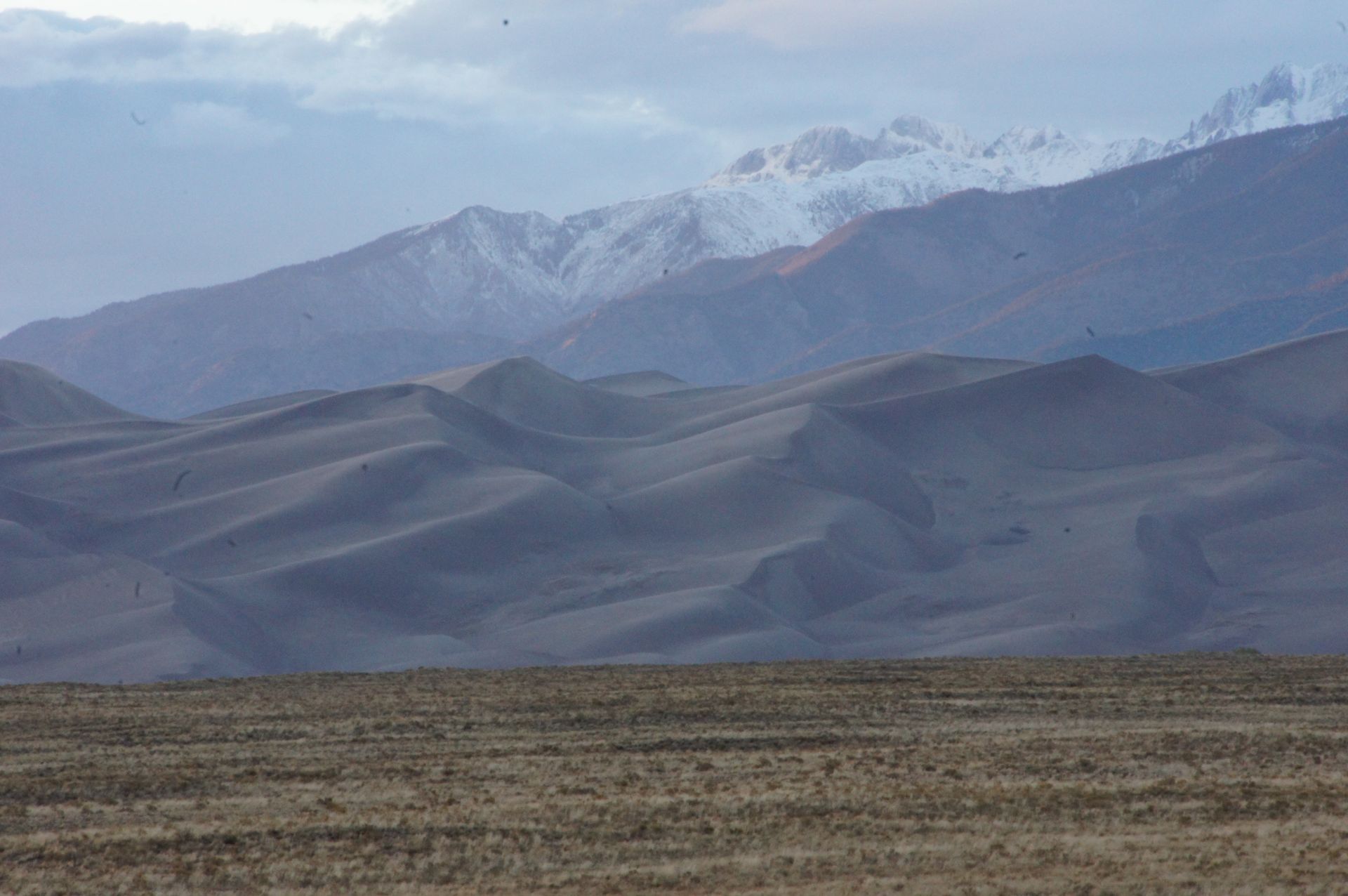
In the semi-darkness, we see the mule deer (fallow deer with large donkey-like ears) that we know, which have a very bright rear end, so that you can see the animals well even in the dark, but you don't know their reactions. So cautious driving is called for.



At just before 9:00 pm, we find Alamosa, the most deserted place we have ever visited. The Days Inn is OK, but not great. The steakhouse, which is 50 dark meters away, closes at 9:00 pm.
This is apparently common practice here and otherwise there are only fast food restaurants, the friendly Ceylonese at the reception tells us. Well, bravo. We've been on the road for 12 hours and we're hungry. So after check-in, we go out again, looking for something to eat, a supermarket or a beer. In the Main Street, we find an Italian restaurant that is closed. We ask someone where we can still get something to eat and have to drive another 3 miles until we find a restaurant with a bar. We can't even tell if we are still in Alamosa because it is pitch black.
It is a matter of luck that we find the hotel again. We're in bed at 10:30 pm.
Nyorera kune Newsletter
Pindura

